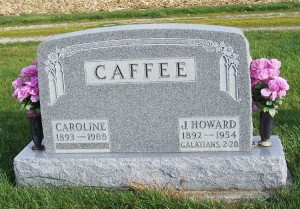
J Howard & Caroline Caffee, Zion Lutheran Cemetery, Mercer County, Ohio.
This is the tombstone of Howard and Caroline (Miller) Caffee, located in row 10 of Zion Lutheran Cemetery, Chattanooga, Mercer County, Ohio. The marker is inscribed, CAFFEE, Caroline, 1893-1988; J. Howard, 1892-1954, Galatians, 2:20.
Howard Caffee obituary:
Death Claims J. Howard Caffee, Widely Known Nearby Dairy Farmer
J. Howard Caffee of southwest of Willshire died at 2 a.m. Sunday at his home following an extended illness. Born in Adams Co., Ind., on February 7, 1892, he was 62 years of age at the time o f death, which was attributed to a coronary heart condition and complications. It came suddenly and in his sleep.
Mr. Caffee was widely known as a dairy farmer and in addition had served as supervisor for the Central Sugar Co. for a number of years. In recent years he was considered one of the best farmers in this area. The deceased also had been very active in church work.
Mr. Caffee was a member of Zion Lutheran Church of Chattanooga, where funeral services were held Tuesday afternoon at 2:00 in charge of Rev. Waldo Byers, church pastor. Burial was made in the church cemetery.
Surviving his passing are his wife, Caroline, and the following children: Vernon and Dale, who reside on Willshire route, Eugene of Geneva, Ind., route two, Mrs. Kermit Stetler of Rockford route two and Donald of Ft. Knox, Ky., who had entered military service about three weeks ago. Eleven grandchildren and one brother also mourn his passing. (source: The Willshire Herald, 19 August 1954, p.1)
Caroline Caffee obituary:
Caroline C. Caffee, 94, route 1, Willshire, widow of J. Howard Caffee, died Friday, March 4 at Adams County Memorial Hospital.
She was a member of Zion Lutheran Church, Chattanooga. Born on March 18, 1893, in Mercer County, she was the daughter of Jacob and Christina Rueck-Miller, and was married Jan. 8, 1914, in Celina, to J. Howard Caffee; he died in 1954.
Survivors include three sons, Eugene Caffee, route 2, Geneva, Ind.; Dale Caffee, route 3, Decatur, Ind.; and Donald Caffee, route 1, Willshire; one daughter, Mrs. Kermit (Fern) Stetler, route 4, Rockford; one sister, Clara Reef, route 1, Willshire; 14 grandchildren; 30 great-grandchildren; and seven great-great-grandchildren. One son, Vernon Caffee, preceded her in death.
Services were held Monday at Yager-Kirchhofer Funeral Home, Berne, Rev. Gary Anderson officiating. Burial was in the church cemetery. (source: The Willshire Herald, 9 March 1988, p.1)
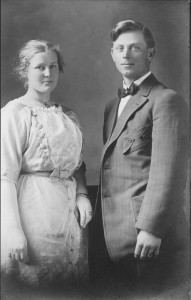
Caroline (Miller) & Howard Caffee, date unknown.
Family and friends remember the couple as kind, friendly and always willing to help others. Howard raised Registered Holstein cows and was the field manager for Decatur Central Sugar Company from 1936-1941. The beet company closed in 1942. He was a good singer, played the violin and was a barber in Chattanooga, where he worked with Carl Schroeder. I was told that he cut hair on Saturday night so he would have money for the Sunday School offering. He was very particular and ironed his own shirts and pants. Howard was confirmed at Zion on 6 August 1916 with Mrs. Frona Miller and Mrs. Maggie Bollenbacher, all adult confirmations.
Caroline was my great-aunt, the sister of my grandfather, Carl Miller. She was baptized Karoline Christine Müller at Zion on 20 June 1893 with her parents as sponsors. She was confirmed at Zion on 31 March 1907 by Rev. George Haas. Caroline was the the organist at Zion in 1912 and was paid $38/year for playing the pump organ. Caroline liked to garden and enjoyed raising chickens. She kept her chickens as long as she was physically able, pulling their feed to them in a wagon.

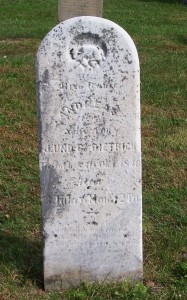
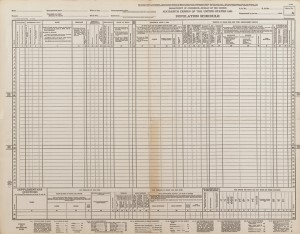


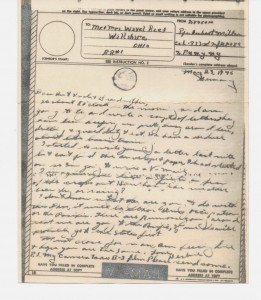


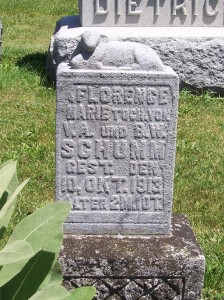
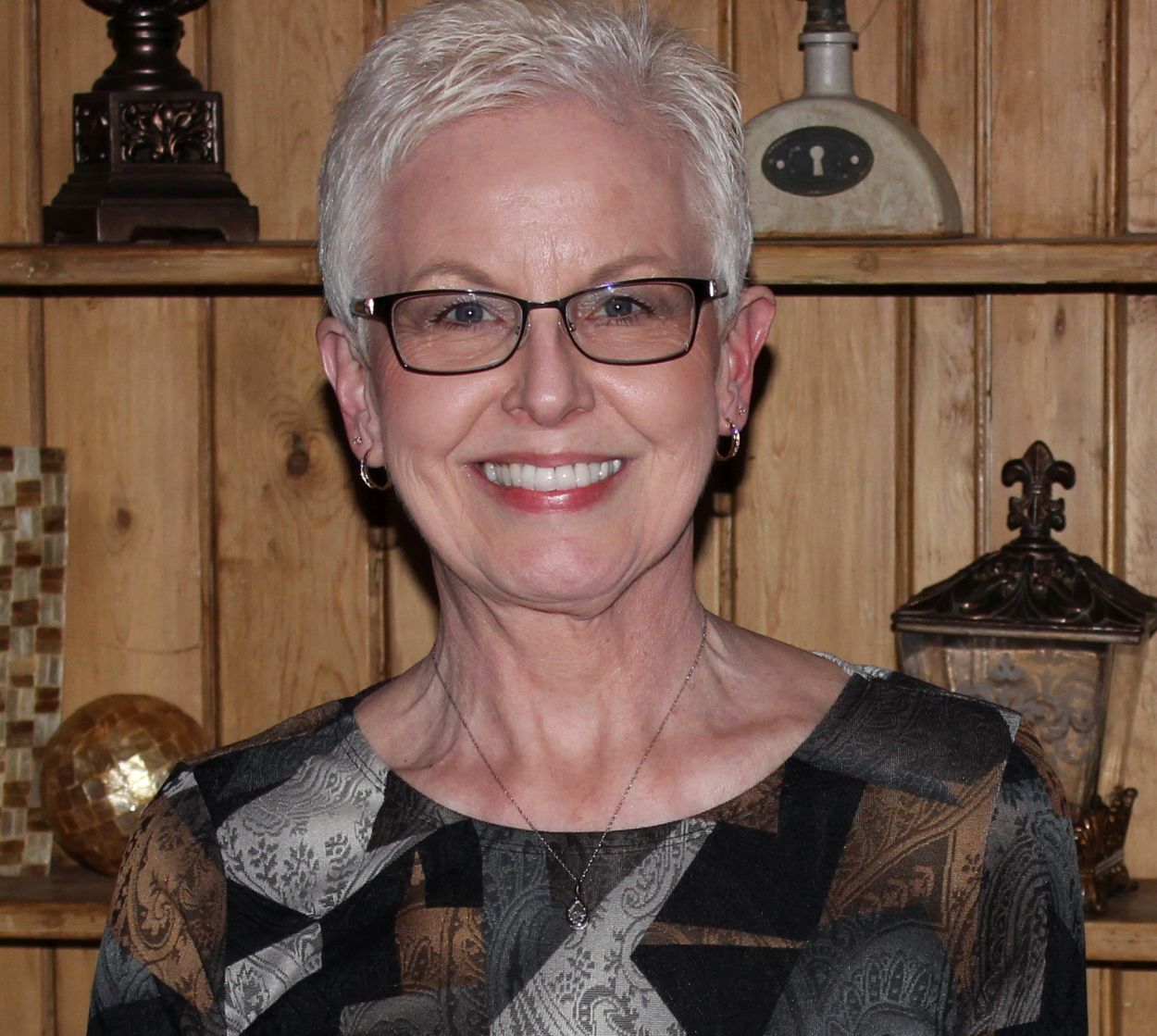
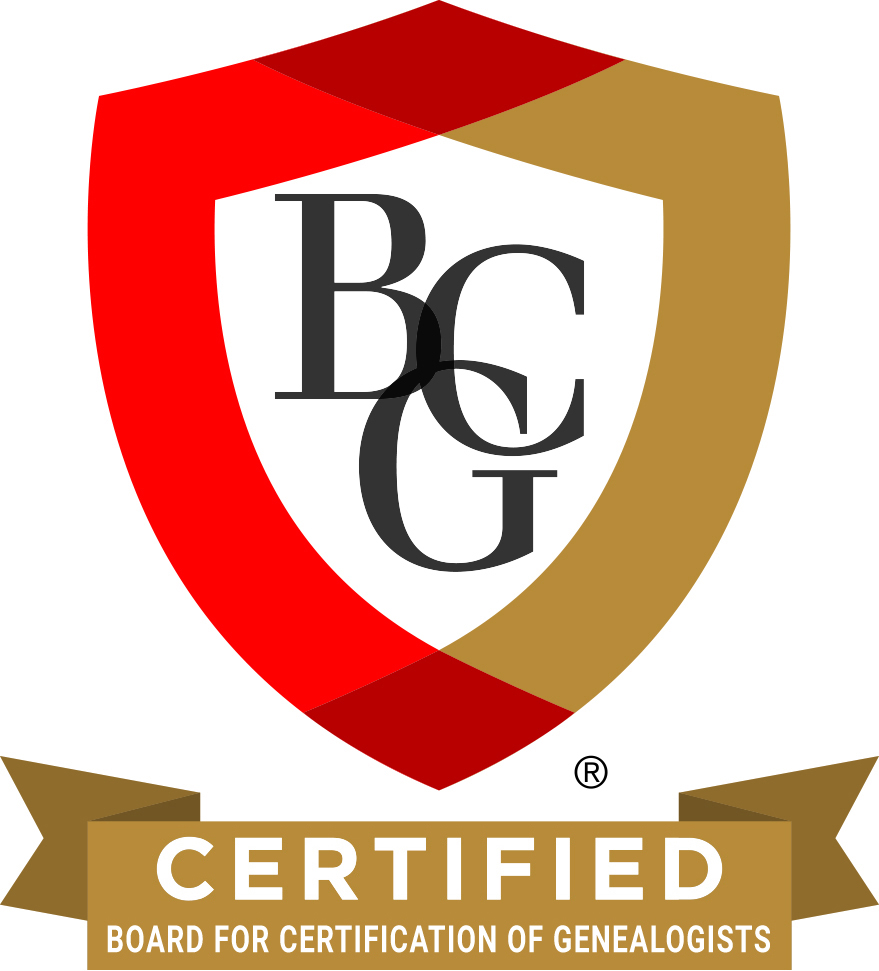
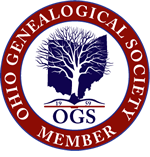

Karren, I have an envelope address to Adam Kable, Hinton, Mercer Co. (around 1899/1901) do you think this is the…
Thank you so much. Wapak's historic downtown area is impressive and they have done so much to highlight their history…
Karen, you have highlighted a great collection of paintings in Wapakoneta, many featuring the importance of Neil Armstrong and aviation.…
Thank you so much! I am glad you enjoy seeing our local murals. Thanks for writing.
Well done! Am enjoying the murals so much.